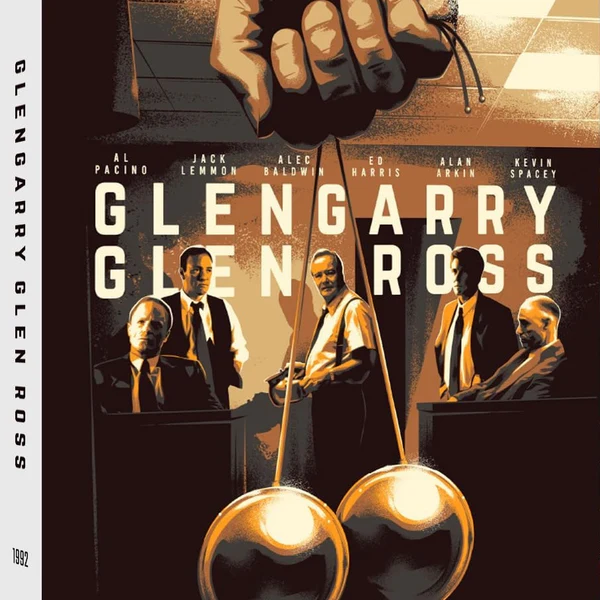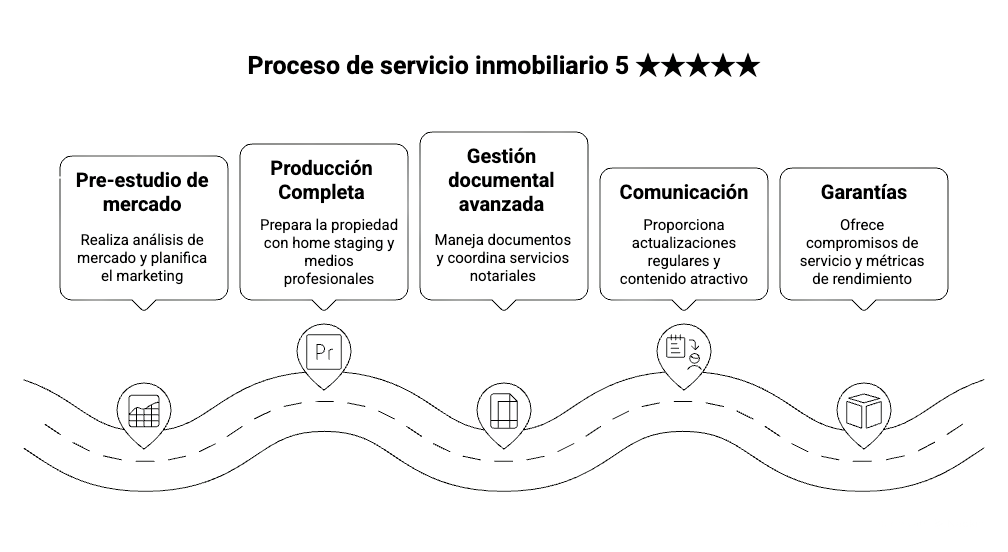Real estate dysfunction
3 ideas to prevent the economic casualisation of real estate agents
The year begins and everything goes up in price: shopping, electricity, public transport fares... and yet you, estate agent, continue to charge the same for your work. While many sectors update prices with the CPI, your real estate fees tend to stand still (or fall). Here are three actionable ideas for defend your real estate rates without losing commercial elegance.
If the cost of living goes up every year, why do estate agents always work with the same percentage fee?
The context: life goes up, your fees don't
On Tuesday you are greeted with a "Happy New Year" and +1 € on the menu. Restaurants, communications and transport revise prices in line with inflation; this is normal. In Spain, the Consumer Price Index (CPI) measures this increase month by month and is the benchmark against which thousands of tariffs are updated.

In real estate, on the other hand, we do not usually index. So, what does an estate agent in Spain charge? If prices go up, sometimes our commission goes up by dragging it out (because it sells for more). But when the acquisition becomes more difficult, it is usual to reduce our fees to get the order... This is one of the many challenges faced by real estate agents who need to attracting and selling housing in difficult times. Result: your real margin shrinks just when your structure (equipment, fuel, portals, tools, etc.) costs more.
And, by the way, yes: housing is the "most basic of basics", but its price no Remember the famous movie "Glengarry Glen Ross" about real estate agents in a fierce market? The moral is clear: either you follow a method, or the system takes you.
3 ideas for smart and sustainable fee increases
1) Breaks down mental structures
Who said commissions have to be round numbers? 3%", "4%", "5%"... sound comfortable, but also predictable. If a client asks you for "a gesture", there is no need to jump from 5% to 4% (-20% all at once). It works with micro-adjustments: 4.9%; 4.6%; 4.25%; even scaled by price brackets or terms. The psychological effect is enormous: you keep perceived value and give up the minimum.
Practical tip: document 3 closing proposals in your CRM (premium, standard and optimised) with their benefits and a real differential between them. This way you negotiate on value packages, not on a number in the air. If you need ammunition to support this differentiation, here is a methodology for smart real estate marketing.
2) Redefines the fee format
Does everything have to be 100% variable and "to success"? Not always. In markets with more demand than supply, there is scope for mixed fee models:
- Marketing phase 1 (fixed fee): analysis, business plan, home staging/photo and launch.
- Marketing phase 2 (variable and success fees): with bonuses based on objectives (time, price, satisfaction).
What do you gain with this mixed fee system? Cash flow (you cover hard costs), more commitment from the client and a more professional relationship, because you work as a team with the client as you both invest in the operation. The client understands that not all real estate transactions cost the sameInheritance with several co-owners, an occupied dwelling or a property with encumbrances do not require the same time as a sale "as is".
💡Home staging shows clear impact on time and selling price; use it as a value block within your fee proposal.

In addition, remember a basic legal-commercial point: in Spain there are no fixed fees by lawThis means that the fees are free and negotiable, which reinforces the fact that you can design your own scheme (transparently and in writing).
3) Deliver more value (and tell it better)
Charging more only makes sense if you bring something to the table that others do not. Look at hotels: nobody argues or is surprised that a 5-star hotel costs more than a guesthouse, right? The experience is incomparable. Let's see how we can translate this to real estate marketing:
Be a 5-star real estate agent ★★★★★" (high impact ideas):
- Pre-market research with price assumptions + measurable marketing plan (channels, investment, timing).
- Complete productionorder and preparation, home stagingprofessional photo/video, floor plan and virtual tour.
- Advanced document management: verification of charges, notarial co-ordination and after sales with 30/60/180 day follow-ups.
- Communication: housing report (full text + images) and fortnightly monitoring.
- GuaranteesService commitments (SLA) and dashboard with metrics: visits, qualified leads, proposal, closure.
It's not just about doing more things, it's about doing things that directly impact the outcome and telling your customer about it clearly.

Typical customer objections (and how to respond)
Response: "Perfect. If you like, let's compare your proposal with mine: plan, production, follow-up and guarantees. If the objective is to maximise price and minimise time/stress, this is the route. If we're only looking for the lowest percentage, maybe I'm not your best option".
Response: "Because there is a real initial investment (preparation, content, launch) that substantially improves the result. We budget it clearly and compensate it with a variable adjusted to success. We both risk and we both win.
Response: "I can adjust the package while maintaining methodology and quality. I choose to remove what has less impact, not to cut what directly impacts the outcome".
Mini-scene for your next meeting
It opens with context ("Essential services are CPI-adjusted; I look after price without passing on all costs"); cultural reference (a smile with "Glengarry Glen Ross" and the jungle of commercials); and closes with method: three value propositions, objection script and next follow-up date.
Economic inflation doesn't wait and neither should your fees as a real estate agent. Design formats, break out of the "roundabout" and preconceived ideas, and deliver differential and measurable value.
If you want more actionable ideas every week, subscribe to the newsletter Real People and become the agent who charges what he is worth, and proves it!





